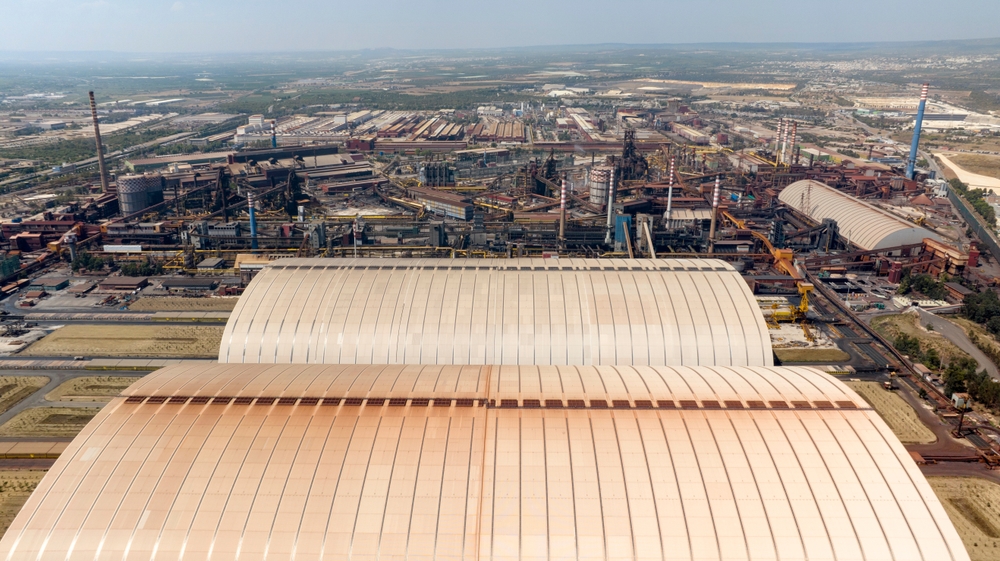The Afo1 blast furnace in Taranto has been reignited, a move touted by Minister of Enterprises Adolfo Urso as a step toward positioning the city as one of Europe’s most advanced steel production hubs. “We are paving the way to make Taranto a model of excellence in green technologies for decarbonization and environmental protection,” Urso stated at the relaunch ceremony, accompanied by Giancarlo Quaranta, the extraordinary commissioner of Acciaierie d’Italia. The minister expressed surprise at any skepticism regarding the furnace’s reactivation, emphasizing that this plan has been on the agenda since the first meeting.
Having been offline since August 2023 for maintenance, Afo1, which has been in operation for sixty years, will help bring production capacity to approximately fifty percent of the facility’s total output. However, despite this restart, the furnace is slated for another shutdown for additional maintenance as per the government’s timeline. This pause is expected in March 2025, primarily due to structural issues with the crucible, where molten iron is separated from slag. By that time, the second blast furnace is also anticipated to be operational, which is critical for the plant’s technological transformation and decarbonization via electric furnaces.
Meanwhile, three major international players who expressed interest in the overall asset and the facility’s technological and energy conversion work have yet to materialize. There is also uncertainty surrounding the implementation of green hydrogen, which is planned to replace carbon coke in iron oxide reduction processes, as well as in the heating for melting ferrous minerals and carburizing pig iron.
On the health front, concerns continue to mount. The region recently recorded another spike in benzene levels, a known carcinogen, which surpassed 35 micrograms per cubic meter last Sunday, exceeding the hourly threshold of 27 micrograms with only one blast furnace in operation. With the reactivation of Afo1, there are now two furnaces functioning.
Residents expressed fear, anger, and concern for their health as they gathered outside the facility’s entrance. “Restarting a blast furnace that will soon be shut down again is a cruel joke,” said one local. “It’s a macabre performance that offends the dignity of our entire community, a pathetic attempt to entice potential buyers after European rulings condemned the Italian state. The facility is effectively operating illegally, as it lacks the integrated environmental authorization required under European environmental law.”

